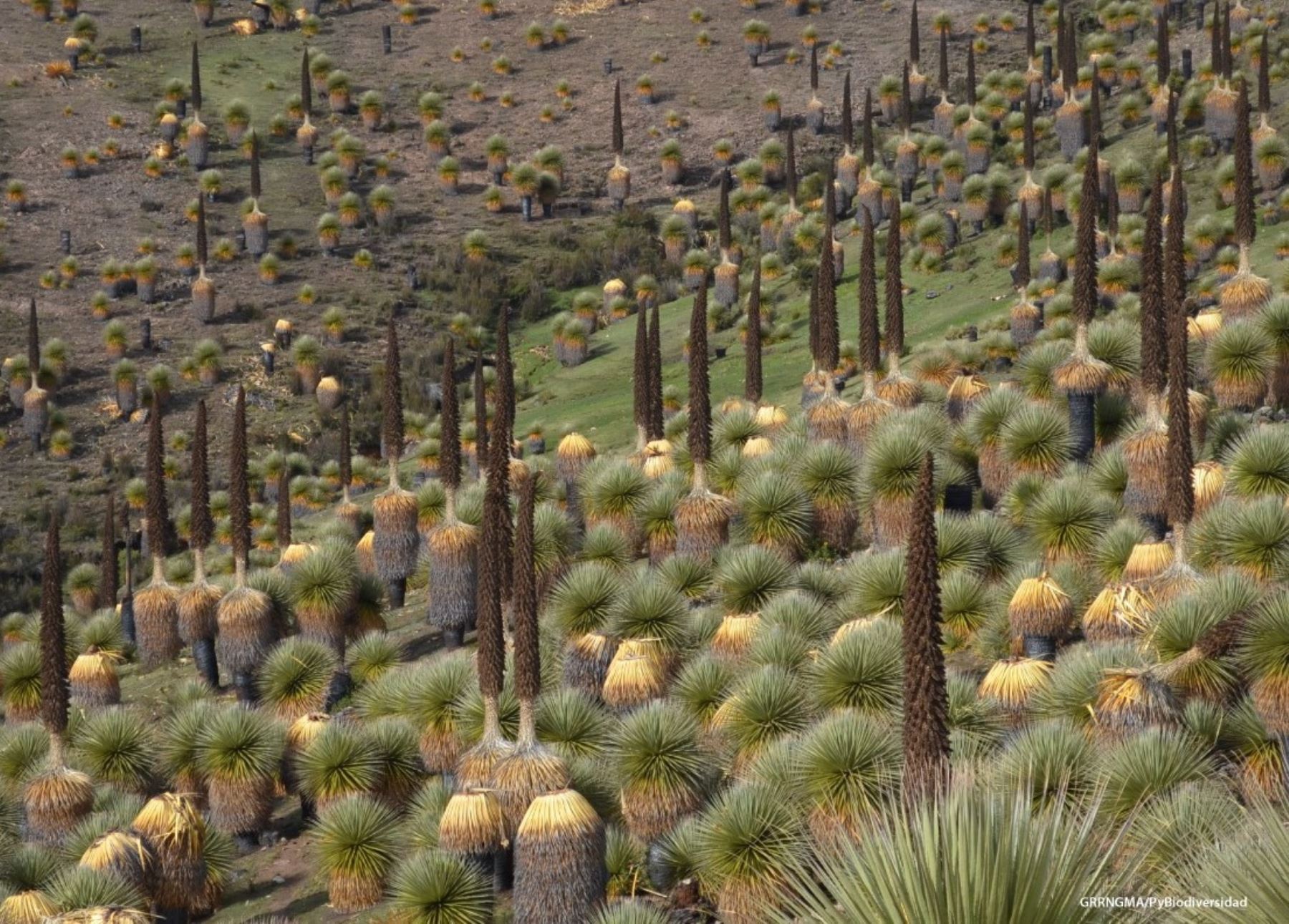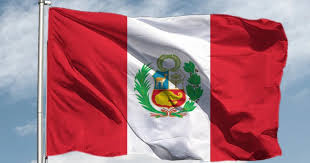
LIMA, June 15 (NNN-ANDINA) — The United Nations Educational, Scientific and Cultural Organization (UNESCO) has designated Peru’s “Bicentenario” as a new biosphere reserve along with some other 10 sites around the world.
Thus, the Bicentenario Biosphere Reserve, located in Ayacucho region, has become the eighth National Biosphere Reserve in Peru.
The announcement was made by the International Coordinating Council of UNESCO’s Man and the Biosphere (MAB) programme, the Programme’s governing body composed of 134 UNESCO Member States.
The Bicetenario Biosphere Reserve has an extension of 312,900.46 hectares and covers 22 districts within the provinces of Huamanga, Huanta, and Vilcas Huaman in Ayacucho region.
The biosphere reserve encompasses the natural protected areas of the Historical Sanctuary of the Pampa de Ayacucho and the Regional Conservation Area of the largest population of the ‘titankas’ forest (Puya raimondii) in the world.
Sometimes referred to as the Queen of the Andes, this elongated, almost giraffe-like flowering plant can grow to up to 15 m in height.
Located in south-central Peru in the Central Andes, the Bicentenario-Ayacucho Biosphere Reserve encompasses diverse mountain ecosystems that rise from between 1,850 m and 4,450 m above sea level.
These ecosystems include seasonally dry forests, high Andean wetlands, relict forests, and Andean scrubland.
The area is also noted for its significant cultural diversity in terms of historical, religious, and social values, including local and indigenous knowledge relating to the management of natural resources.
The biosphere reserve has a total population of over 300,000, with the majority living in urban areas, including in the city of Ayacucho located in the transition area. More than half of the population speaks Quechua as their mother tongue.
Economic activity includes agriculture, livestock, fish farming, tourism, and Andean subsistence herding, as well as service activities.
UNESCO’s Man and the Biosphere (MAB) Programme has approved the designation of 10 new biospheres reserves in 9 countries, and one transboundary biosphere reserve across 2 countries.
With these new designations, the World Network now totals 748 sites in 134 countries, including 23 transboundary sites.
“UNESCO biosphere reserves are tangible proof that humanity can live in balance with nature. Since 1971, this community-led programme has successfully found a model for development where people live well and biodiversity is respected. I am pleased that this year, 11 more sites are joining this powerful network, which is more relevant and necessary than ever,” UNESCO Director-General Audrey Azoulay said.
Biosphere reserves are a pillar of UNESCO’s mandate as the United Nations sciences agency.
Each biosphere reserve promotes innovative local solutions, in order to conserve biodiversity, preserve ecosystems, and tackle climate change, while improving people’s livelihoods, such as by developing agro-ecology, renewable sources of energy, and green industries.
Biosphere reserves contribute to countries achieving the targets adopted last December within the framework of the Convention on Biological Diversity’s Kunming–Montreal Global Biodiversity Framework.
These targets include designating 30% of the Earth’s land surface as protected areas and restoring 30% of the planet’s degraded ecosystems by 2030. — NNN-ANDINA





